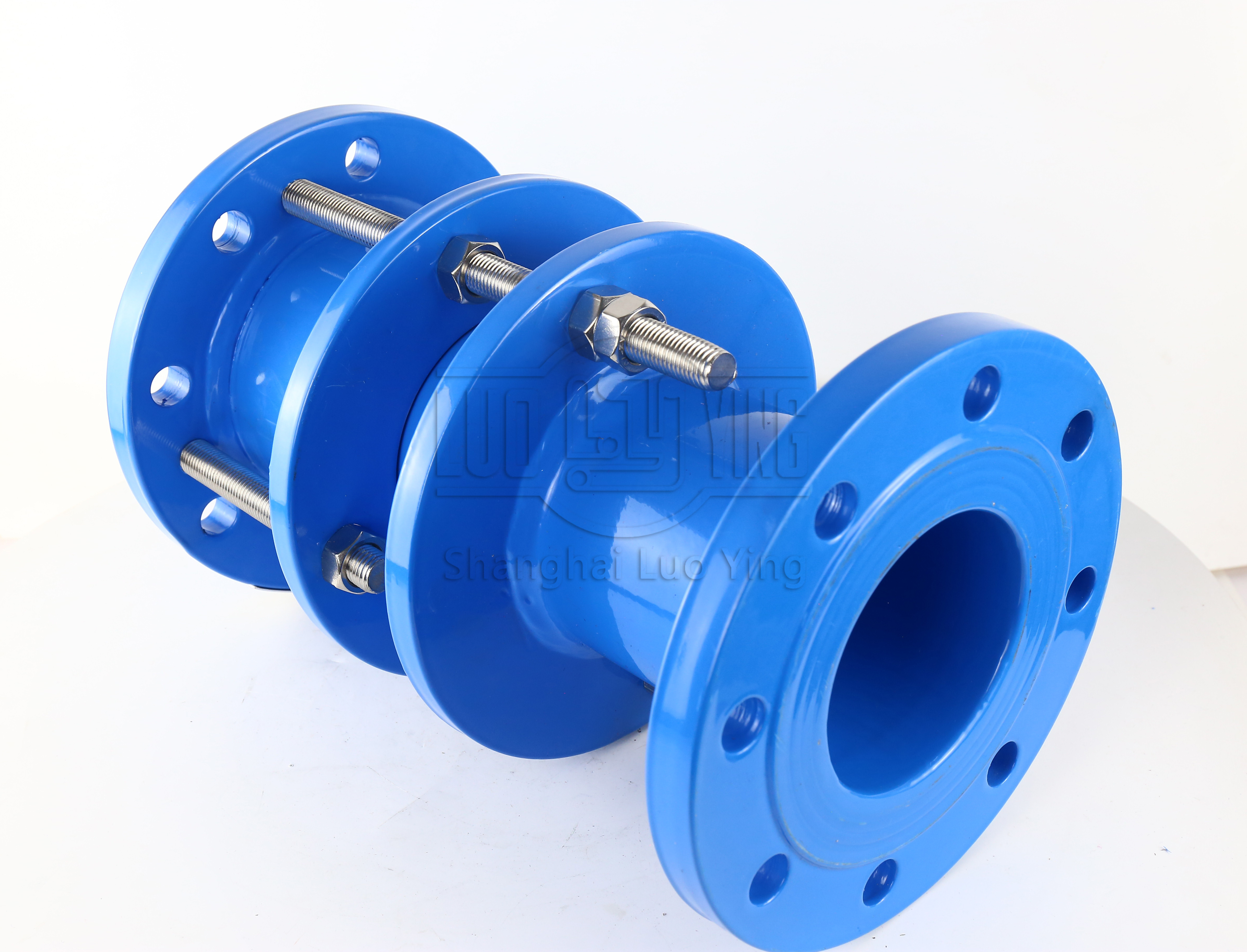Cost-effective equipment for pump and valve fittings: expansion joints.
Sep-23-28
Cost-effective equipment for pump and valve fittings: expansion joints. When it comes to pump and valve fittings, finding cost-effective solutions that also offer reliable performance is crucial for any industrial operation. One such solution that meets these criteria is the use of expansion joints. In this article, we will explore why expansion joints are a cost-effective equipment option for pump and valve fittings.
An expansion joint, also known as a flexible joint or compensator, is a device that allows for the movement, expansion, or contraction of pipes and ducts due to thermal expansion, vibration, or misalignment. It consists of flexible bellows or sleeves, often made of rubber, metal, or fabric-reinforced elastomers, surrounded by end connections that can be bolted or flanged for easy installation.

Furthermore, the use of expansion joints eliminates the need for complex and costly pipe configurations. With their ability to compensate for misalignment or axial movement, expansion joints can be used to connect pipes even when they are not perfectly aligned. This eliminates the need for expensive pipe reconfigurations or costly redesigns, reducing installation time and labor costs.
In addition to cost savings in terms of installation and maintenance, expansion joints also help improve operational efficiency. By accommodating movement and vibration, they minimize the transmission of these forces to the pump or valve fittings, ensuring smooth operation and reducing the risk of wear and tear. This, in turn, improves the overall performance and reliability of the system, reducing downtime and associated costs.
Another cost-saving benefit of expansion joints is their ability to dampen noise and vibration. In many industrial processes, pumps and valves can generate significant noise and vibrations, which can be disruptive and potentially damaging to the equipment and surrounding structures. By incorporating expansion joints into the system, these nuisances can be dampened, creating a safer and more comfortable working environment while minimizing the need for additional noise control measures.
Lastly, expansion joints are relatively low-cost compared to other alternatives such as rigid pipe configurations or complex mechanical compensators. Their simple design and construction contribute to their affordability while still providing the necessary flexibility and movement compensation required.
In conclusion, expansion joints offer a cost-effective solution for pump and valve fittings in various industrial applications. Their ability to absorb movement, accommodate misalignment, reduce stress on equipment, and dampen noise and vibrations makes them a reliable and economical choice. By incorporating expansion joints into pump and valve systems, industrial operations can benefit from improved performance, reduced maintenance costs, and increased equipment longevity.

